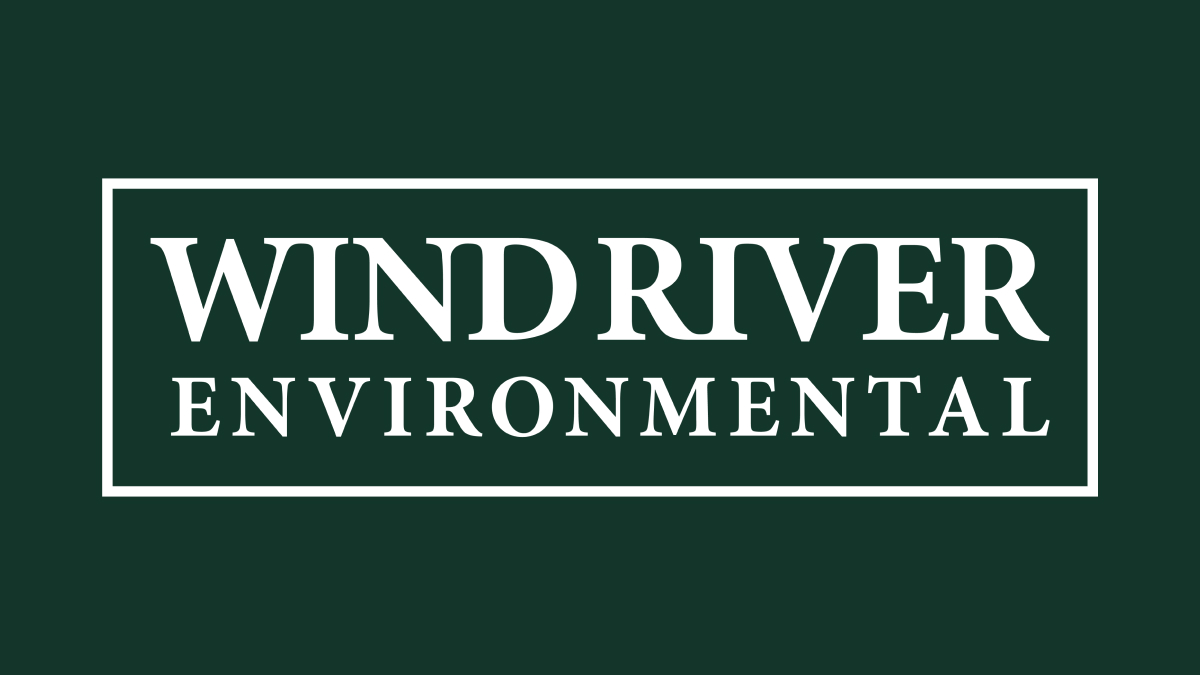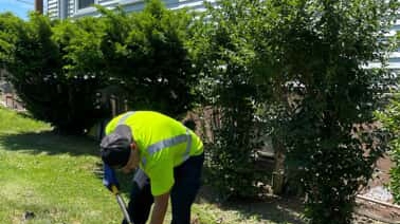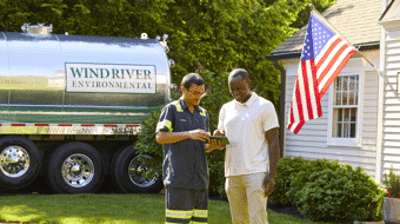Can You Remove a Septic Tank and Connect to Public Sewer?
One of the many questions we receive here at Wind River Environmental is whether it's possible to ditch a septic tank and connect to a city sewer system. The short answer is yes. The switch is uncommon, although in recent years, some cities offer the option to residents. While removing your septic tank and connecting to public sewer is possible, it does involve several steps. You'll need permits, professional installation to connect to the city's line, and verification to ensure compliance with local sewer standards. Many people choose to go this route in the hopes of having a wastewater system that requires less maintenance, a potential increase in property value, and a perceived improvement to peace of mind. But like most big changes, there are a number of pros and cons to be weighed.
What to Consider with Septic to Sewer Conversion
Switching from a septic system to public sewer raises many questions for homeowners unfamiliar with the transition. Whether or not you convert your septic system to sewer is up to you, but there are a few hidden headaches to keep in mind when making the switch.
1. Monthly Payments
One of the first things homeowners notice after switching from septic to public sewer are the monthly fees. While septic owners enjoy one less recurring bill, being on public sewer involves this extra fee. The exact cost varies from town to town, but the extra expense is definitely noticeable. This is definitely a major factor when weighing the pros and cons of switching to a public sewer.
Consider the normal cost of being on septic. Your normal pumping and maintenance costs are much lower than the guaranteed recurring fee for sewer. Additionally, the switch leads to the added expense of using a non-competitive service provider. These providers are also slow to adopt technological advancements that would lower costs and benefit you financially.
2. Up-Front Cost
Another cost to consider is the installation of sewer lines. Buying a home with a septic system saves you the cost of having to install a wastewater solution, but switching to sewer introduces a new—sometimes very costly—expense. In addition to the monthly sewer bills, this initial cost isn’t cheap. At the minimum, the total installation cost is at least a few hundred dollars. Depending on a number of factors including the nearest sewer line, the time needed for installation, and any required permits, the price is potentially thousands of dollars.
In addition to the cost for installation, there’s also a large cost incurred when returning your yards and landscaping back to its original condition. Even after the sewer line is installed, it will take time—and money—in order to restore your yard with seeding grass and planting.
3. Issues with Public Sewers
How many times in the past couple of years have you heard about flushable wipes clogging a sewer line? The benefit of a septic system is that you control what ends up in your pipes and septic tank. With a community sewer, unforeseen problems arise that you have no control over. You end up dealing with any mistakes by other residents on the sewer system, as well as any maintenance or repair crew working on or around the pipes. Issues often pop up when road construction or utility work inadvertently damages sewer lines.
If something blocks your town’s main sewer line, it’s not as simple as calling a septic service provider. Before the town fixes the issue, homeowners typically experience sewage backup, slow draining, and more.
Schedule a Service with Wind River Environmental
By providing septic services for over 16 states, Wind River Environmental is here to assist in maintenance, repairs, or any other residential septic services for homeowners. Our expert technicians are here to keep your septic system running as efficiently as possible.
Sign up on our website to schedule any services – or call us at (877) 560-9007. If you have any questions about keeping your seasonal property’s septic system healthy, don’t hesitate to contact us today!






